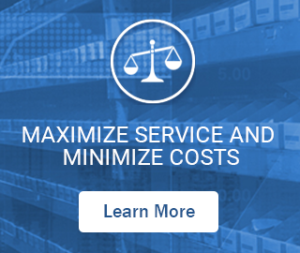In this blog, we are steering the conversation towards the transformative potential of technology in inventory management. The discussion centers around the limitations of simple thinking in managing inventory control processes and the necessity of adopting systematic software solutions. Dr. Tom Willemain highlights the contrast between Smart Software and the basic, albeit comfortable, approaches commonly employed by many businesses. These elementary methods, often favored for their ease of use and zero cost, are scrutinized for their inadequacies in addressing the dynamic challenges of inventory management.
The importance of this subject lies in the critical role inventory management plays in a business’s operational efficiency and its direct impact on customer satisfaction and profitability. Dr. Tom Willemain points out the common pitfalls of relying on oversimplified rules of thumb, such as the whimsical nursery rhyme used by one company to determine reorder points, or the gut feel method, which depends on unquantifiable intuition rather than data. These approaches, while appealing in their simplicity, fail to adapt to market fluctuations, supplier reliability, or changes in demand, thus posing significant risks to the business. The video also critiques the practice of setting reorder points based on multiples of average demand, highlighting its disregard for demand volatility, a fundamental consideration in inventory theory.
Concluding, the presenter advocates for a more sophisticated, data-driven approach to inventory management. By leveraging advanced software solutions like those offered by Smart Software, businesses can accurately model complex demand patterns and stress-test inventory rules against numerous future scenarios. This scientific method allows for the setting of reorder points that account for real-world variability, thereby minimizing the risk of stockouts and the associated costs. The video emphasizes that while simple heuristics may be tempting for their ease of use, they are inadequate for today’s dynamic market conditions. The presenter encourages viewers to embrace technological solutions that offer professional-grade accuracy and adaptability, ensuring sustainable business success.















